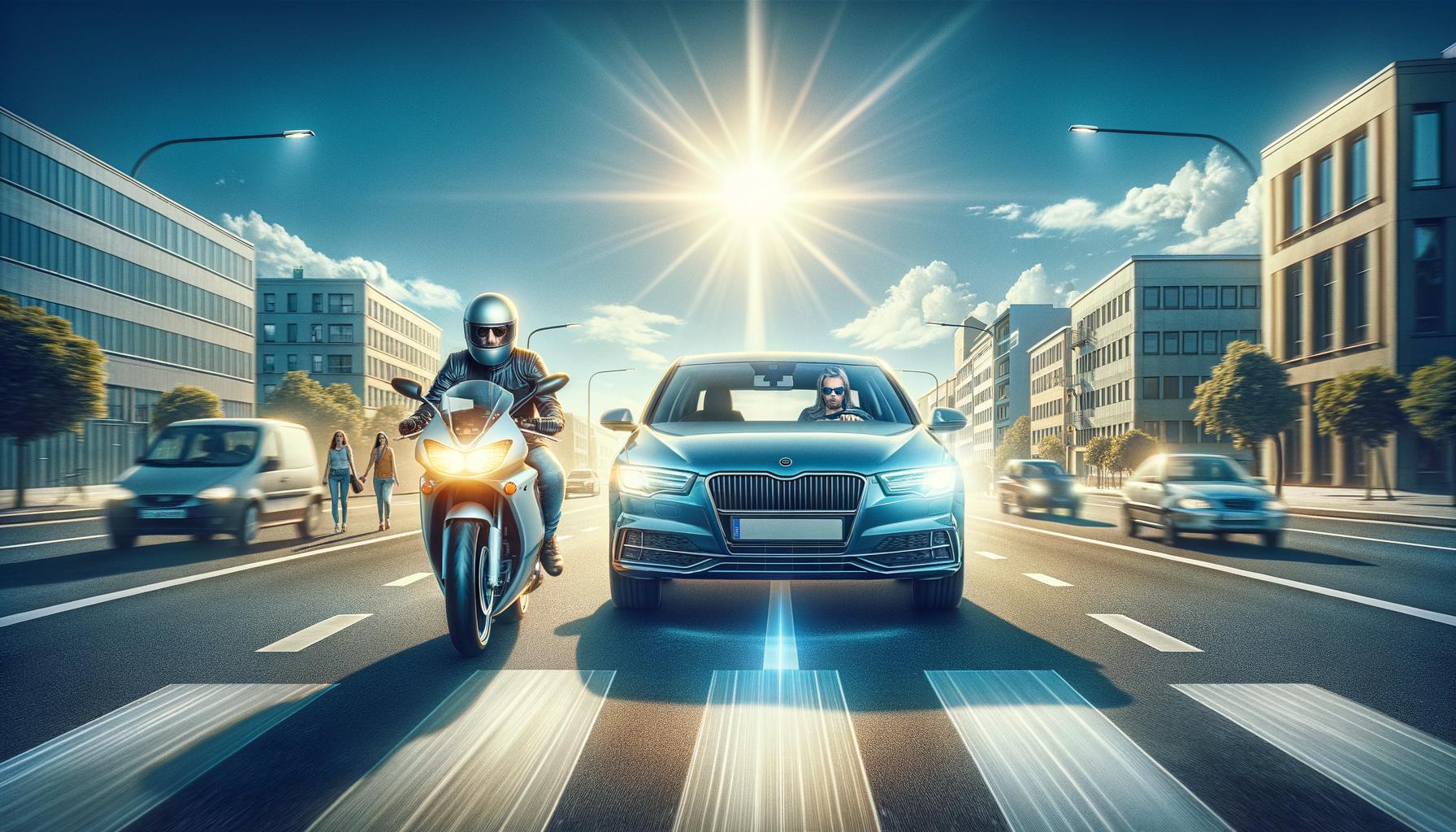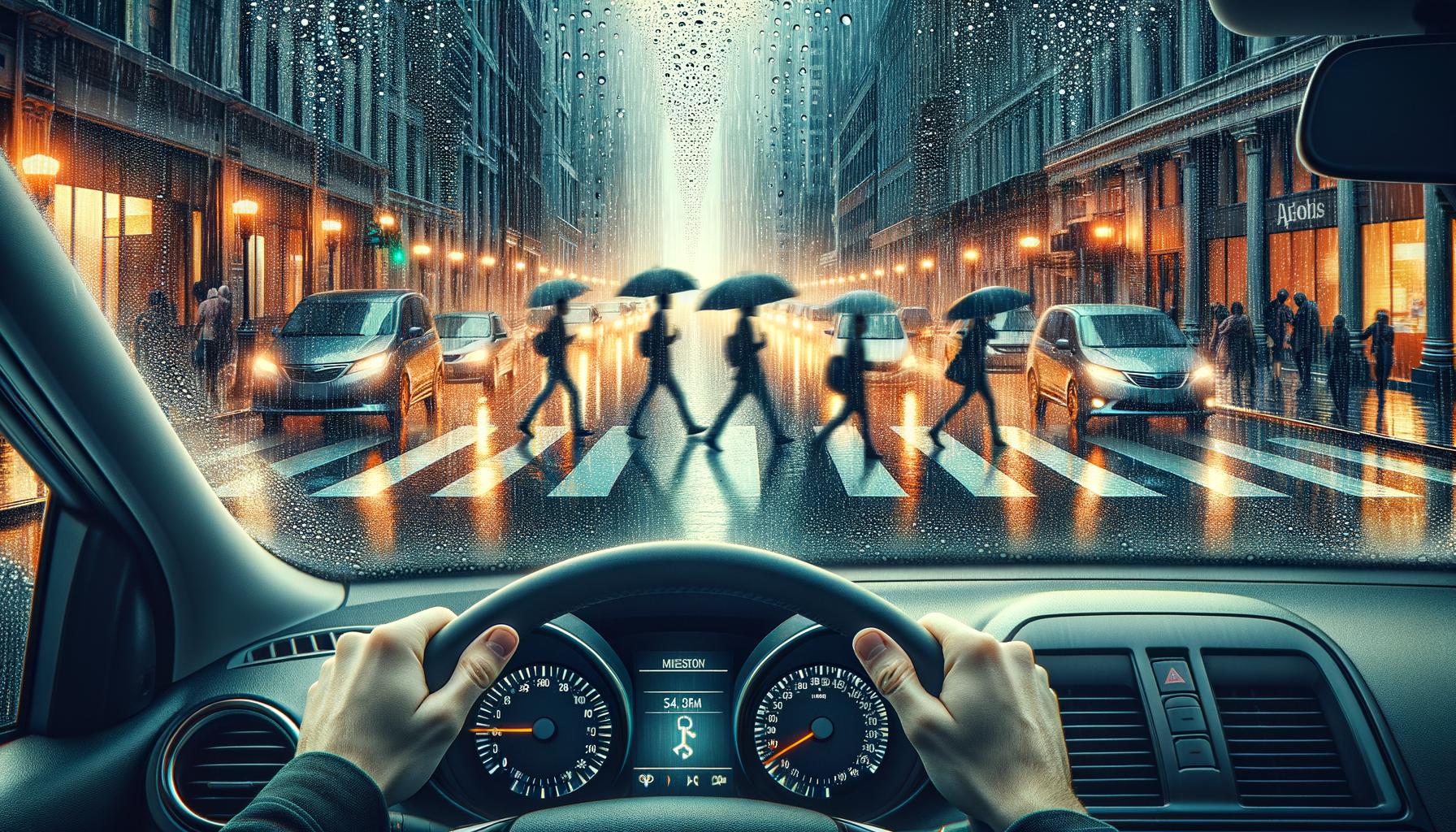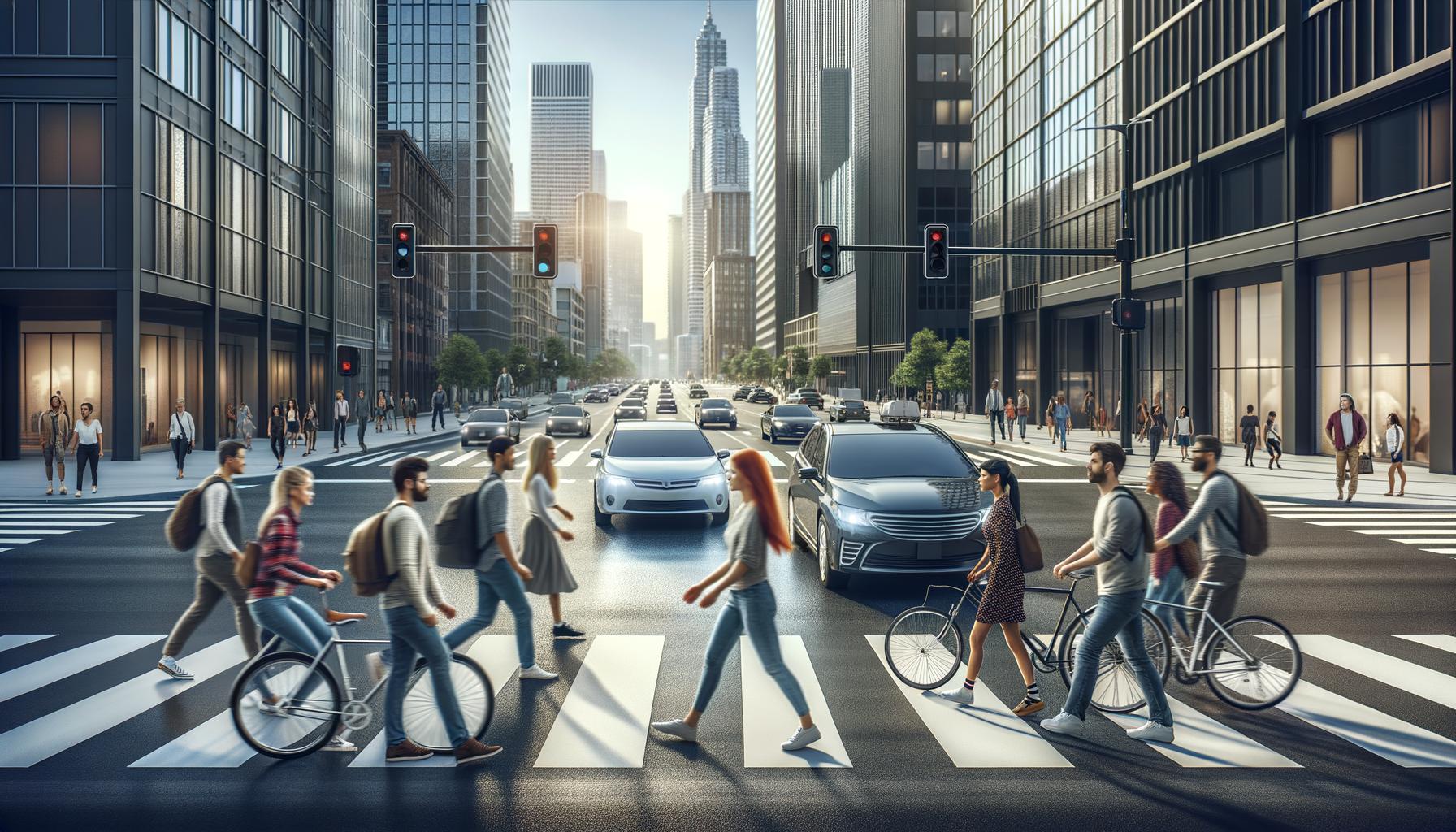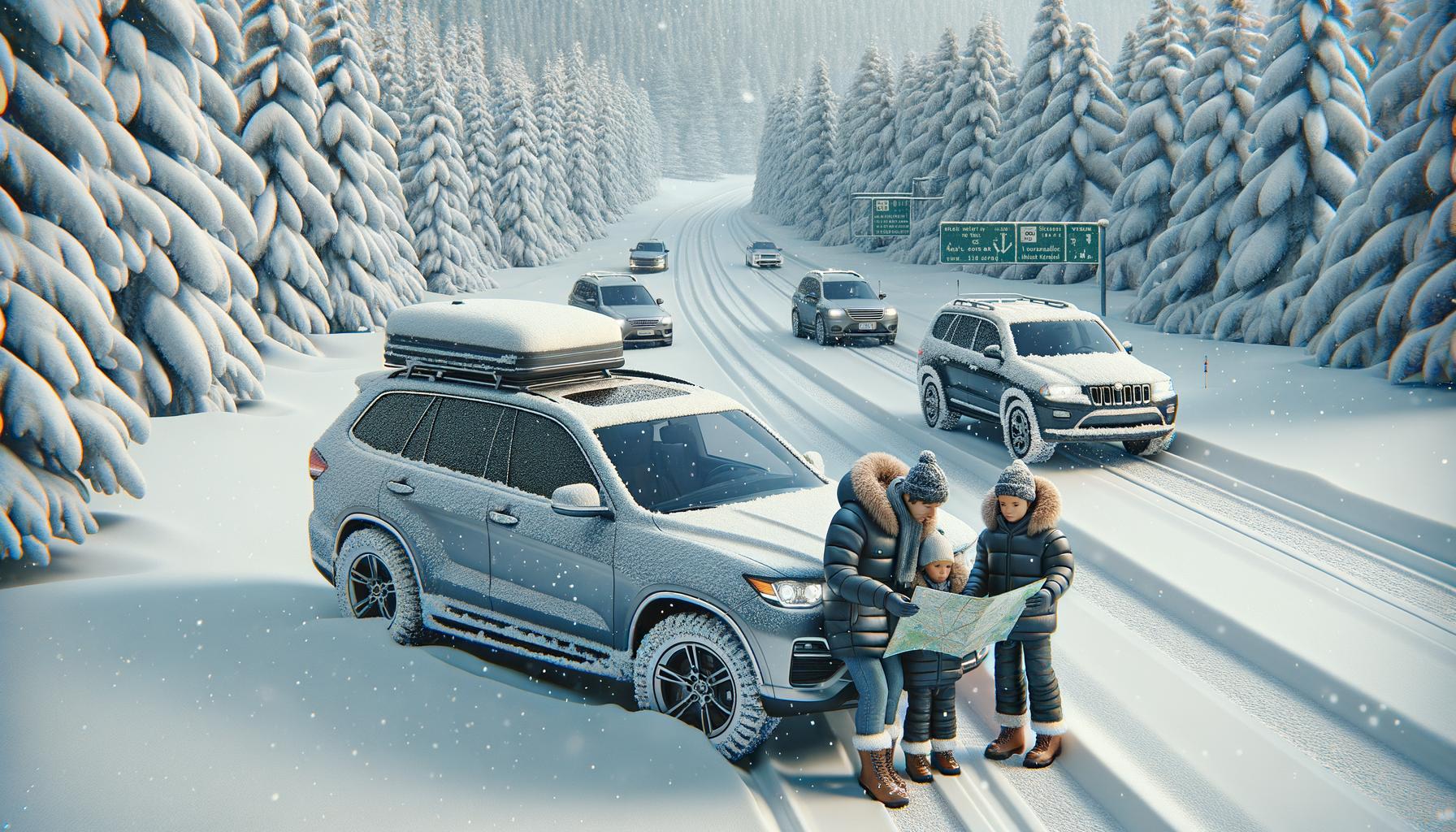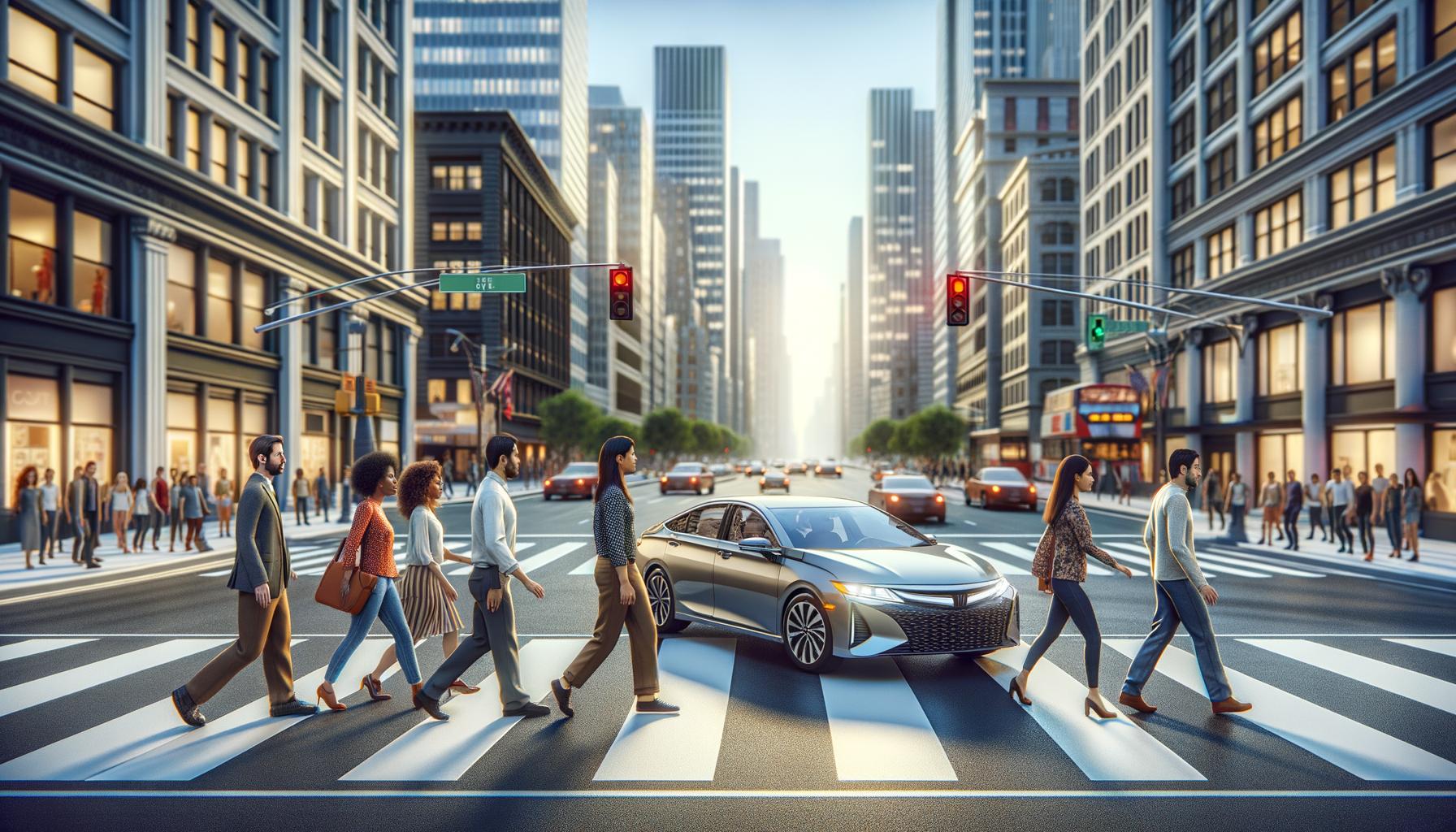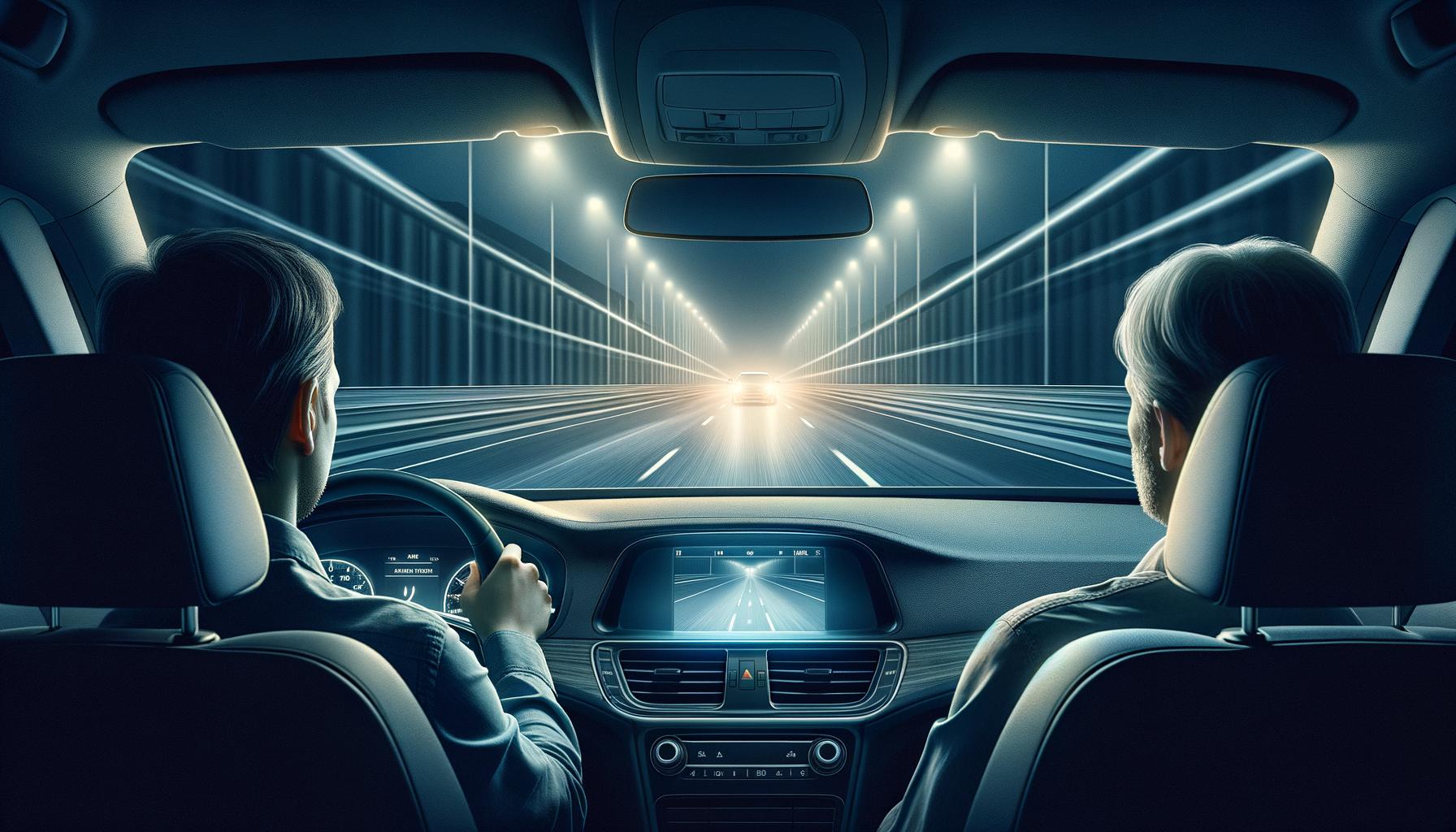How to Respond to Driving Emergencies
Emergencies on the road can happen to anyone, and knowing how to respond is essential for every driver.
We at The Wiser Driver Driving School believe that being prepared can make a significant difference.
In this post, we’ll explore practical steps to handle brake failure, tire blowouts, and engine overheating.
Stay informed and stay safe.
What to Do When Brakes Fail
Experiencing brake failure can be alarming, but knowing the right steps can help you stay safe.
Immediate Actions to Take
First, stay calm. Panicking can cause rash decisions. Immediately engage your hazard lights to alert other drivers. Gradually pump the brake pedal; often, this can build enough pressure to slow the vehicle. Next, shift to a lower gear. In manual cars, downshift gradually through the gears. For automatic vehicles, move the shift lever from drive to the lowest gear, which will use engine braking to slow the car.
Techniques to Slow Down
Use the handbrake or emergency brake cautiously. Engage it slowly to avoid locking the rear wheels, which can cause skidding. If the road is clear, steer onto the shoulder where there might be more friction to slow you down. If you are on a downward slope, look for an uphill road or a soft incline where you can direct the car to further reduce speed.
Staying Composed
Keeping your composure is essential. Focus on steering the car to avoid accidents. Do not turn off the engine as this can disable power steering and brakes, making it even harder to control the car. Statistics from the National Highway Traffic Safety Administration (NHTSA) show that maintaining control significantly reduces the risk of severe outcomes in brake failure situations.
The Red Cross emphasizes practicing these scenarios in defensive driving courses. This not only prepares you for brake failure but other emergencies as well.
Familiarize yourself with your vehicle’s systems to understand how they react during brake failures. Every second counts, and preparedness can turn a potential disaster into a manageable situation.

How to Handle Tire Blowouts
A tire blowout can be sudden and frightening, but knowing how to react can prevent accidents.
Maintaining Control of the Vehicle
The first and most critical step during a tire blowout is to maintain control of your vehicle. Firmly grip the steering wheel with both hands. Avoid sudden, harsh movements as these can lead to loss of control. Briefly accelerate to stabilize the vehicle, then gradually decelerate by easing off the accelerator. According to the National Highway Traffic Safety Administration (NHTSA), approximately 11,000 tire-related crashes occur annually, emphasizing the importance of remaining calm and in control. For more tips on how to handle emergencies, check out our Pro Tips on maintaining control of your car in emergencies and reacting to road hazards.
Safely Pulling Over After a Blowout
Once the initial shock is under control, aim to pull over to a safe location. Turn on your hazard lights to increase visibility to other drivers. Steer the vehicle towards the side of the road, choosing a level surface if possible. Avoid slamming on the brakes; instead, let the vehicle’s speed reduce naturally while gently applying the brakes if necessary. Survey the situation once you are safely off the road and decide whether to replace the tire with a spare or call for roadside assistance. The NHTSA recommends this approach to reduce the risk of secondary collisions.
Preventative Measures to Avoid Blowouts
Preventing tire blowouts begins with regular maintenance. Check tire pressure monthly; under-inflated tires are a leading cause of blowouts. Use a reliable gauge to maintain manufacturer-recommended pressure levels. Inspect your tires for signs of wear and tear. Uneven tread or visible damage should be addressed immediately. According to Goodyear, well-maintained tires can improve fuel efficiency by up to 3%, highlighting another benefit of regular checks. Rotate your tires every 5,000 to 8,000 miles to ensure even wear. When making new tire purchases, consider high-quality options known for durability and safety performance.
Understanding these steps and practicing them can make a difference in how effectively you respond to a tire blowout, keeping you and others safe on the road.

Handling Engine Overheating
Dealing with an overheating engine can be intimidating, but timely action can prevent severe damage to your vehicle. Recognizing the signs early and knowing the steps to take can keep you from being stranded on the road.
Recognize the Signs
An early indication of an overheating engine is the temperature gauge on your dashboard creeping into the red zone. Additionally, steam or a strange smell coming from your engine compartment are clear signs. Ignoring these can lead to severe engine damage and expensive repairs. Studies report that up to half of all engine failures are due to inadequate cooling system maintenance, making vigilance crucial.
Immediate Response
Once you notice your engine overheating, act quickly to mitigate potential damage. First, turn off your air conditioning and turn the heater to maximum. This can help draw heat away from the engine. Immediately find a safe spot to pull over and turn off the engine to allow it to cool. Do not attempt to open the radiator cap while the engine is hot; the pressurized steam can cause severe burns. It’s advised to wait at least 30 minutes before checking coolant levels or inspecting under the hood.
Prevent Future Overheating
Preventative measures are key to avoiding engine overheating. Regularly check your coolant levels and top off as needed. A study from AAA found that maintaining proper coolant levels can reduce the risk of overheating by 50%. Inspect your radiator and hoses for leaks or damage, as even small leaks can lead to significant issues over time. Additionally, ensure your cooling fan is functioning correctly, and consider replacing your thermostat if your car is prone to overheating. Regular maintenance, including coolant flushes, is essential and recommended every two years or as specified by your vehicle’s manufacturer.
Understanding how to deal with an overheating engine effectively not only keeps you safe but also minimizes potential damage and expensive repairs. Taking these preventative actions ensures your vehicle runs smoothly, significantly reducing the likelihood of an overheating episode.

Conclusion
Navigating driving emergencies requires swift, informed actions. From brake failures to tire blowouts and engine overheating, being prepared can prevent severe accidents and damage.

Staying calm is paramount. This mindset not only helps in making rational decisions but also ensures better control of your vehicle during stressful situations. Knowing the steps and practicing them can make all the difference. Regularly maintaining your vehicle, staying alert to warning signs, and understanding how to respond can mitigate many common road emergencies.
At The Wiser Driver Driving School, we focus on equipping our students with these essential skills. Our comprehensive programs, ranging from state-required Joshua’s Law classes to customizable driving lessons and defensive driving courses, are designed to build confident, skilled drivers. We offer benefits like insurance rate reductions, free online driver education, and convenient services such as pick-up and drop-off.
Embrace safety and preparedness by enhancing your driving skills with us. Learn more about our offerings at The Wiser Driver Driving School. Remember, practicing defensive driving and understanding emergency responses keeps you and others safe on the road.


